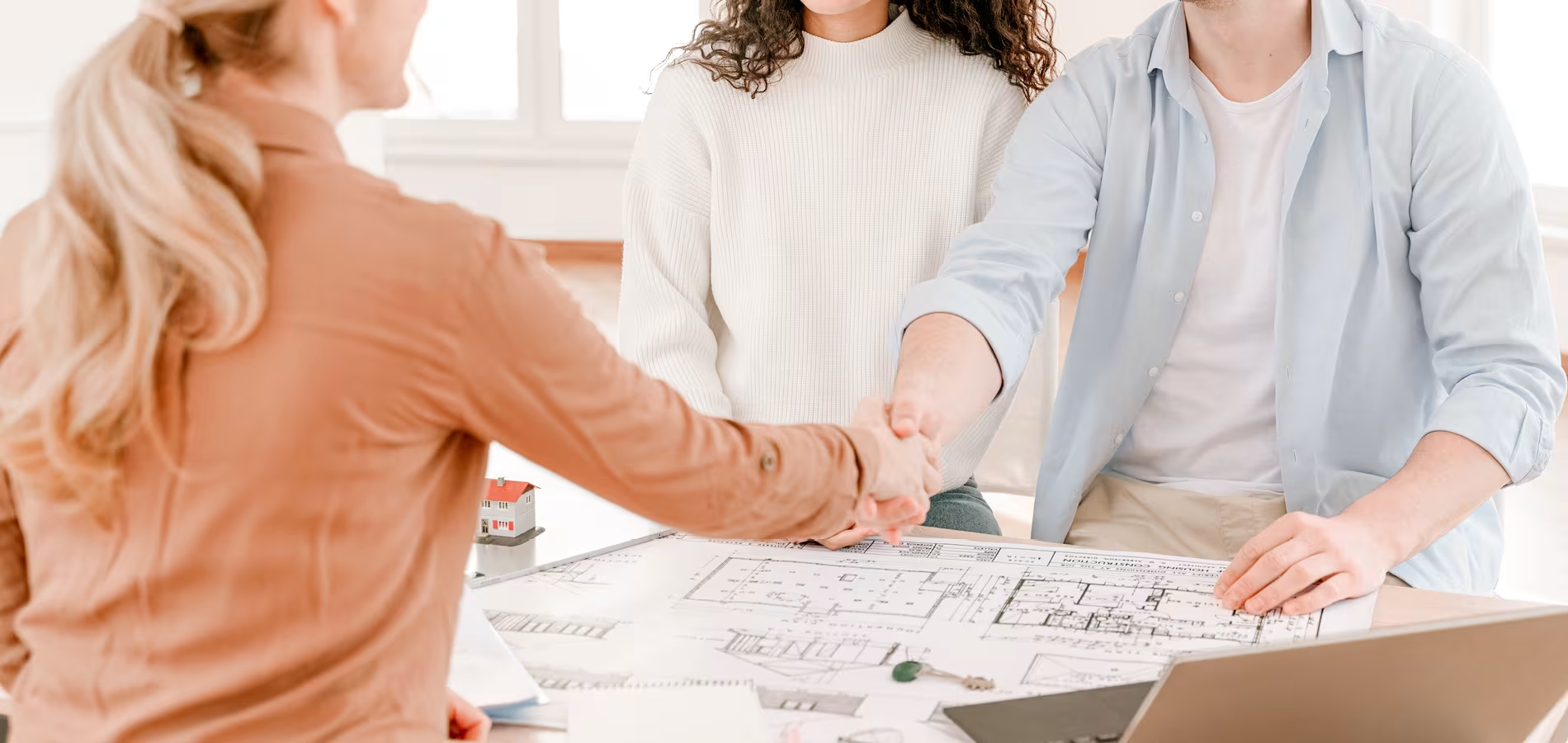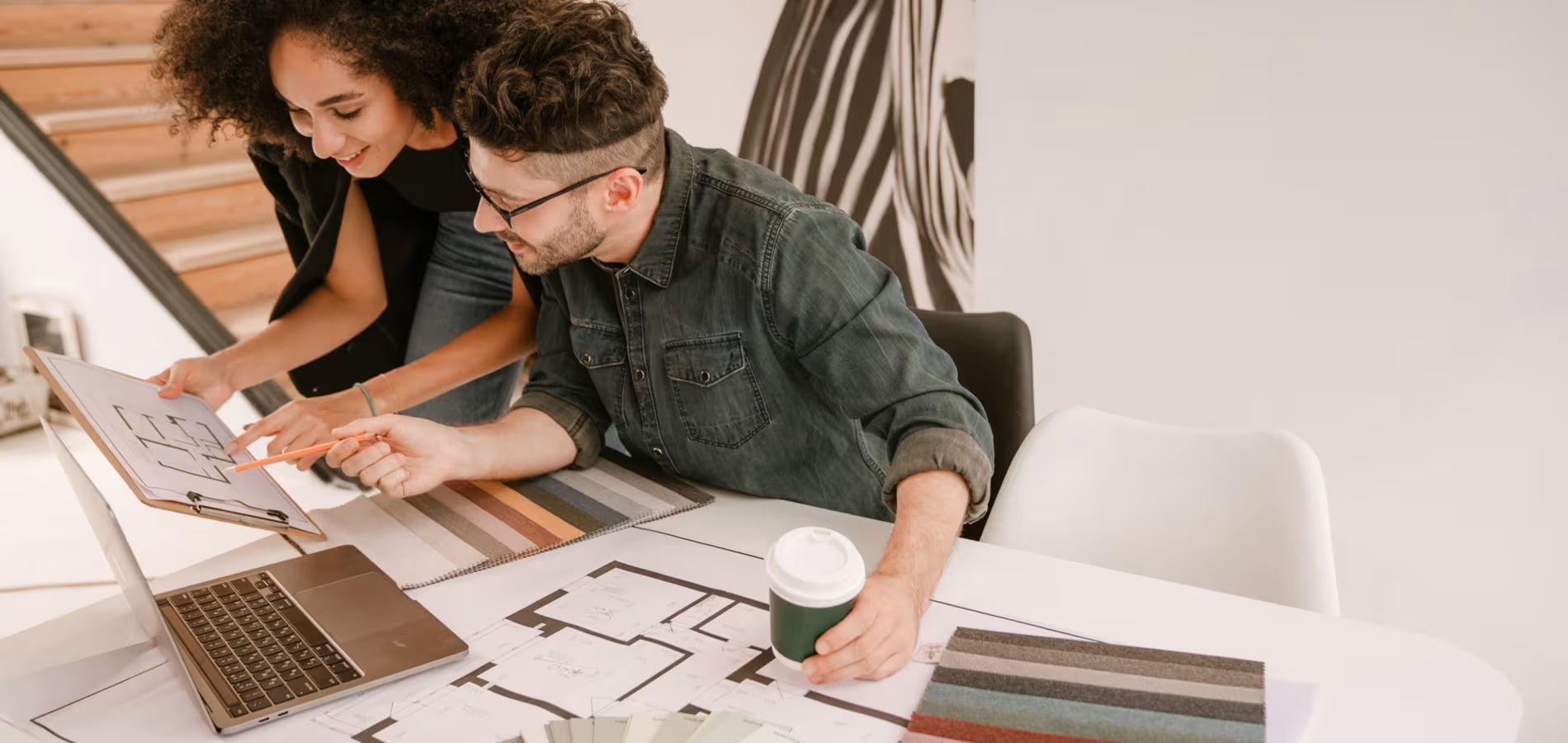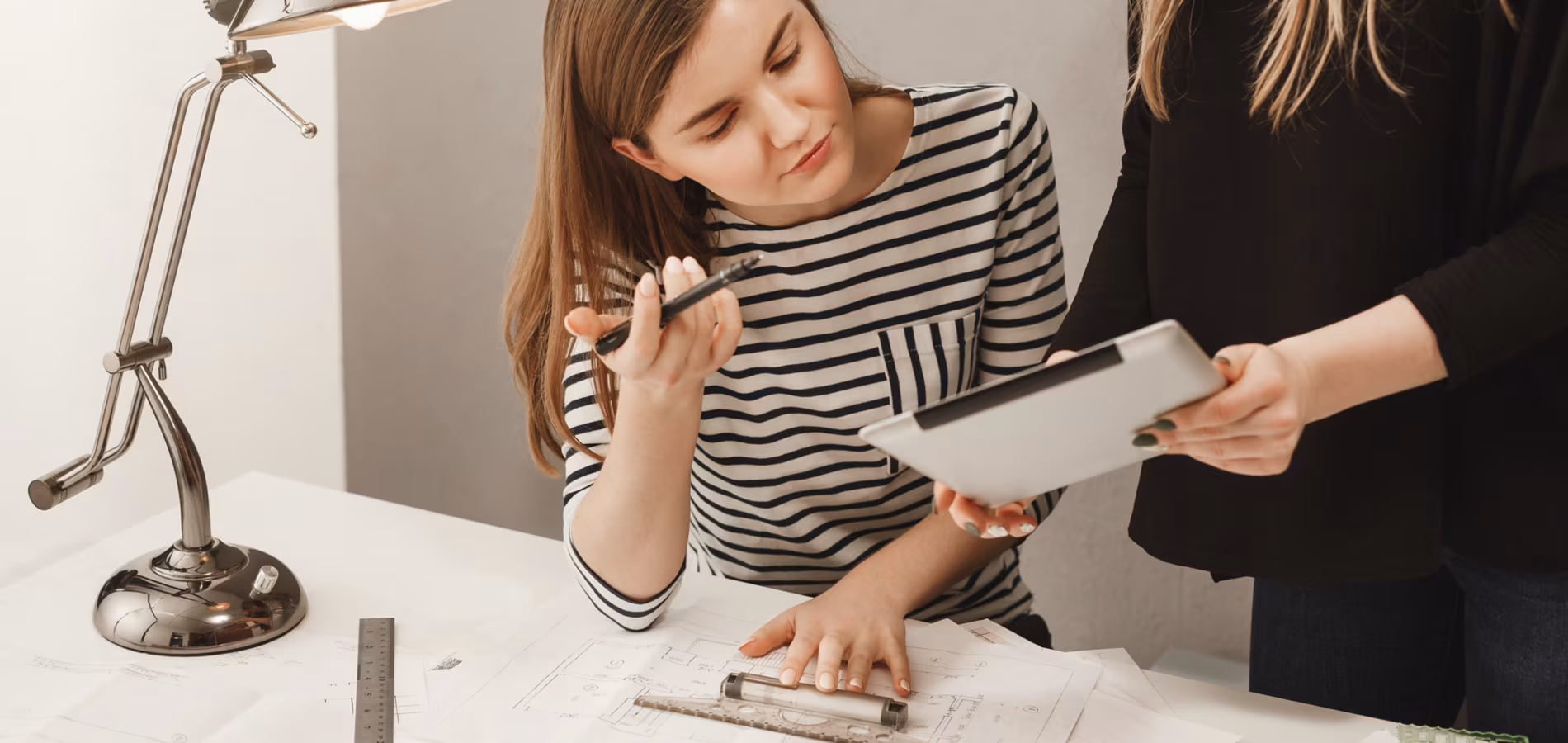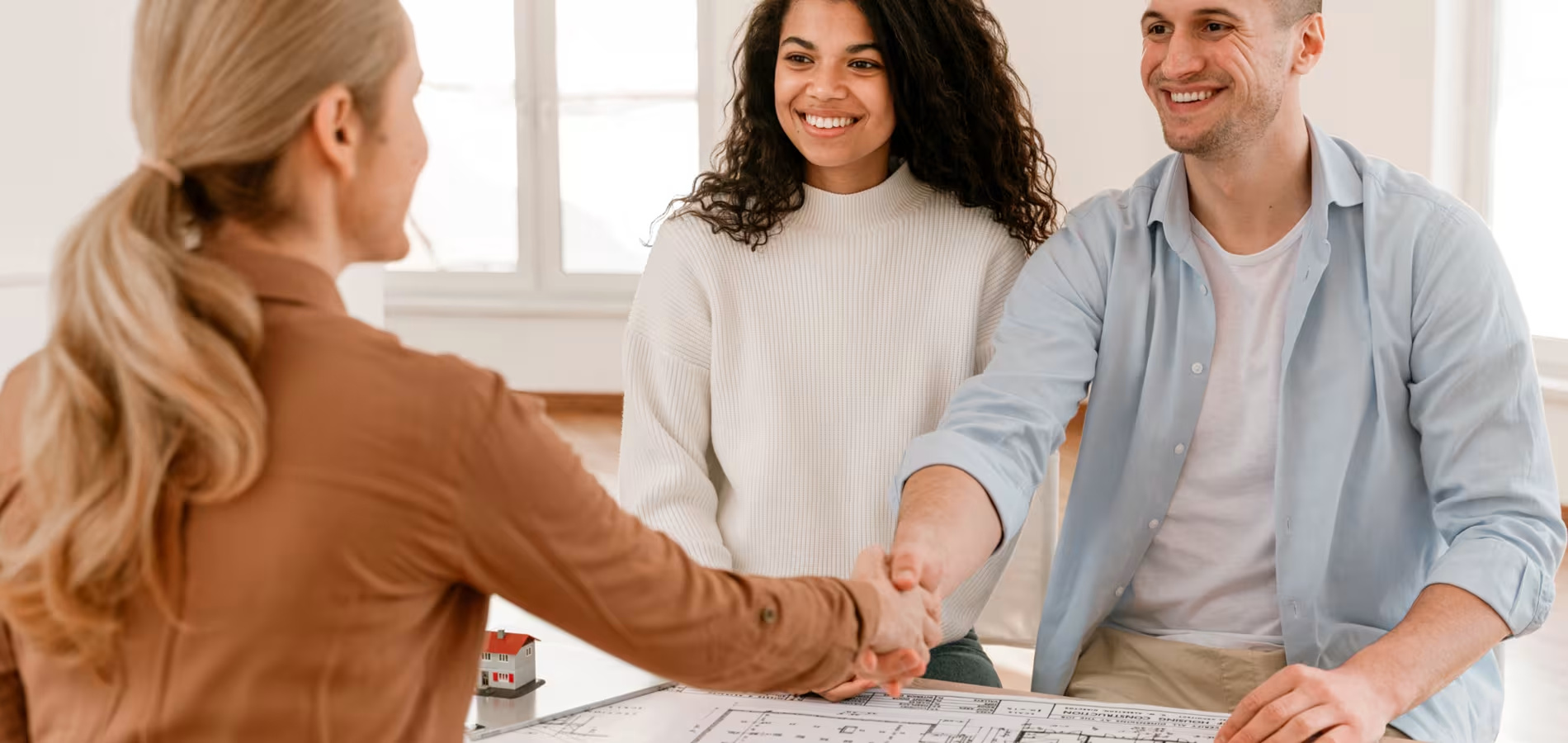How to Prepare for a Design and Build Consultation?






Buying your first home or planning a major home makeover is exciting. But your first design and build consultation can feel overwhelming, especially when you don't know where to start.
Construction terms and design plans may seem foreign at first, but simple preparation and the right questions will help you maximize this important meeting.
This guide provides a complete roadmap for your consultation: covering preparation strategies and important questions to ask your design professionals during the meeting.
After reading this guide, you'll feel confident clearly expressing your vision, understanding the design-build process, and taking decisive steps toward your renovation or construction project.
A design and build consultation is the starting point for any construction or renovation project. This first meeting combines design elements (layout, aesthetics, space planning) with construction considerations (budget, timeline, structural work) in one comprehensive conversation.
Think of it as the blueprint for your entire project. It's where your goals, lifestyle needs, and budget begin to take shape on paper and in real time. [1]
During this meeting, you'll connect with professionals like architects, contractors, or design-build teams to discuss:
This initial meeting also serves as an opportunity to evaluate if the team is the right fit for your project. Pay attention to whether they listen attentively, understand your vision, and communicate clearly. These first impressions are crucial indicators of how the working relationship will develop. [1][2]

Before your consultation, gather examples that speak to your vision:
These visual references help your designer decode your unique preferences:
Images bridge the communication gap. When you describe a style as "modern" or "traditional," these terms carry different meanings to different people. Visual examples create instant clarity and ensure your designer truly understands what you're envisioning. [1][3]
Before meeting with design professionals, take time to reflect on what you truly want:
Think about your practical needs:
Having well-defined objectives helps your design team create solutions that truly fit your lifestyle rather than generic renovations. This targeted approach ensures every dollar spent directly contributes to improving how you experience your home. [3]
Every design project has financial constraints. Start by determining what you can realistically afford for the entire project, not just the design services. [1]
Before your consultation, answer these crucial money questions:
Financial honesty helps designers create solutions that work within your means. They might suggest completing everything at once or breaking the project into affordable phases that align with your cash flow situation.
If multiple people are involved in your project, have key conversations about priorities and preferences before your consultation or bring everyone to the meeting.
This coordination matters because:
When decision-makers have different style preferences (like contemporary vs. traditional), it can significantly slow down the process and create unnecessary challenges for your design team. [3]
Before your consultation, collect these important items:
This documentation gives professionals a comprehensive view of your space, helping them identify potential challenges early and provide more precise feedback during your consultation. [1]

Before committing to a design team, thoroughly investigate their background to ensure they can deliver what you need.
Examining their portfolio reveals their design style and capabilities, while client testimonials offer real-world insights about their professionalism and reliability.
Confirming proper credentials protects your investment and ensures all work will comply with local regulations. [4][5]
Design and construction firms operate under different service models. Full-service design-build firms manage your entire project from concept to completion, while specialty firms focus exclusively on either design or construction.
Knowing which model suits your needs helps determine whether you'll work with a single company or coordinate multiple specialists throughout your renovation journey. [4]
Design and build renovations encompass various financial components: material costs, contractor labor, design expertise, and contingency funds for unexpected developments.
When professionals clearly outline their pricing structure, you gain valuable financial clarity that helps with decision-making and prevents budget surprises throughout your project. [4]
Renovation projects can span anywhere from a few weeks to several months, with timelines heavily influenced by project scope, material availability, and permitting requirements.
Understanding the scheduling flexibility of your design-build team allows you to coordinate life arrangements, make informed decisions about temporary housing needs, and set appropriate expectations for project completion.
The foundation of any successful renovation project is transparent and consistent communication. Understanding how information flows between you and your design team prevents misunderstandings and keeps your project progressing smoothly.
A productive consultation typically follows this structure:
Come ready to actively participate. The most successful consultations involve genuine dialogue where both you and your design team ask questions and share insights.
Don't worry about industry jargon, professional designers will explain concepts in accessible terms or clarify when asked. Consider bringing a notebook to capture key points and decisions.
Be prepared for thoughtful questions about your daily routines, pain points, and aspirations for the space. These aren't intrusive, they help designers create solutions specifically tailored to how you live.
Remember that this meeting establishes the foundation for your entire project. Approach it with openness and enthusiasm, knowing that your honest input directly shapes the success of your design outcome.

After your consultation, evaluate whether the design team understood your vision. If you felt heard and your ideas were well-received, you've likely found a good match for your project.
Don't hesitate to interview multiple designers if the first meeting didn't feel right. Since this relationship will last throughout your project, finding someone whose communication style works for you is essential.
Expect to receive a formal proposal within 3-5 business days after your consultation. This document will detail your project specifics and serve as the foundation for your working relationship.
Before signing any agreement:
Ask for clarification on anything that seems vague or missing. Only proceed when you're fully confident about all aspects of the proposal.
Throughout your project, maintain consistent communication with your design team. The most successful renovations involve ongoing collaboration, with your feedback guiding the process to ensure the final result truly reflects your vision.
A well-prepared design and build consultation lays the groundwork for a successful renovation journey.
By arriving with clear goals, thoughtful questions, and organized materials, you create the conditions for a productive partnership with your design professionals.
Remember that communication is key, even if this process is new to you. Expert design teams understand this and will patiently guide you through each decision point.
Enter your consultation with preparation, openness, and enthusiasm, and you'll emerge with a solid roadmap toward creating the space you've envisioned.